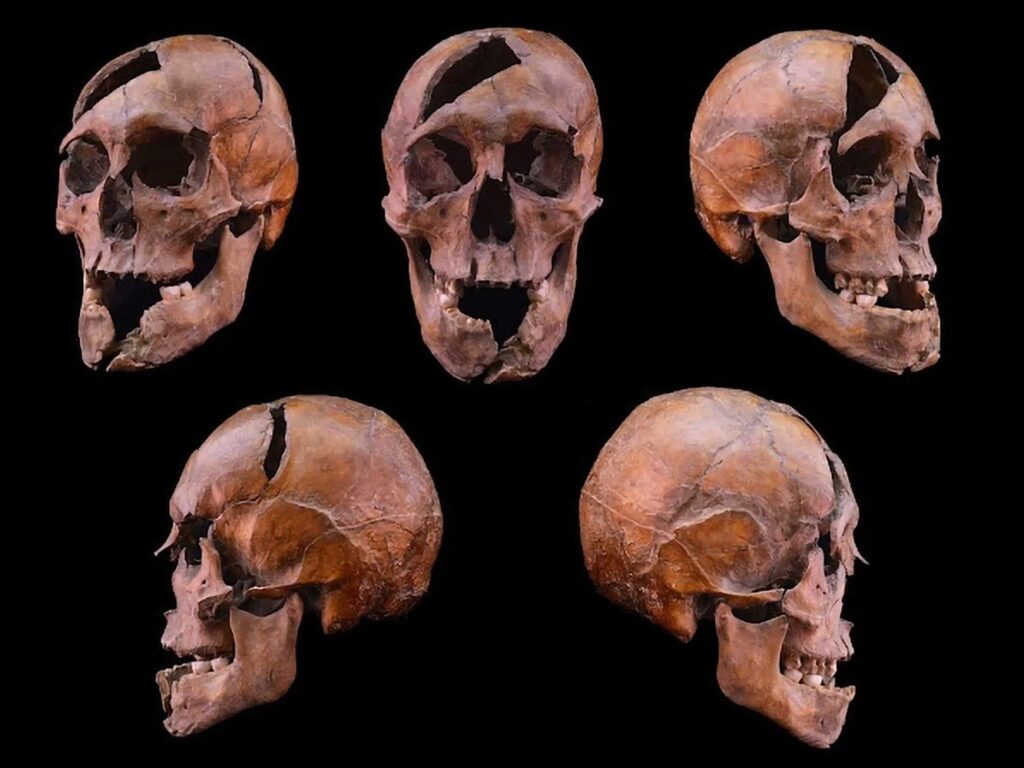
A groundbreaking study has resolved a 700-year-old mystery regarding the identity of a medieval royal figure, revealing not only their name but also the violent circumstances surrounding their demise. Researchers from The University of Leicester announced on March 15, 2023, that DNA analysis has confirmed the identity of the remains found in a burial site in England as belonging to Richard III.
In 2012, archaeologists located a skeleton beneath a parking lot in Leicester, which was later identified as that of the last Plantagenet king, known for his tumultuous reign during the late 15th century. This recent analysis involved using advanced DNA techniques to compare the genetic material of the skeleton with that of living relatives, specifically a direct descendant.
The findings indicate that Richard III suffered a brutal end, characterized by multiple injuries inflicted during the Battle of Bosworth Field in 1485. He sustained at least 11 wounds, which suggests he was overwhelmed in combat and ultimately killed. This evidence aligns with historical accounts of the battle where Richard was defeated by forces led by Henry Tudor, later known as Henry VII.
Historical Context and Significance
The confirmation of Richard III’s identity provides significant insights into the political turmoil of the time. His reign was marked by intense conflict, including the Wars of the Roses, a series of dynastic struggles for the English throne. The research not only sheds light on Richard’s fate but also enhances the understanding of medieval royal lineage and its impact on modern history.
In addition to the historical implications, the study underscores the advancements in forensic science. The application of DNA analysis in archaeology opens new avenues for understanding past societies, allowing researchers to make connections between historical narratives and scientific evidence.
The research team, led by Dr. Turi King, emphasized the importance of these findings for both historians and the public. “It is incredibly exciting to uncover the truth about Richard III and to connect the past with the present through genetic data,” she stated. The study signifies a major achievement in the field of historical genetics, merging science with history to bring clarity to long-standing questions.
Future Research Directions
As this study concludes, it paves the way for further investigations into other historical figures. The techniques used in Richard III’s analysis can be applied to other archaeological finds, potentially revealing more about England’s royal history and the broader narrative of medieval life.
Overall, this discovery not only resolves a long-standing mystery but also enriches our understanding of the violent struggles for power during medieval times. As more findings emerge, the legacy of Richard III continues to evolve, reminding us of the complex tapestry of history that shapes modern society.







